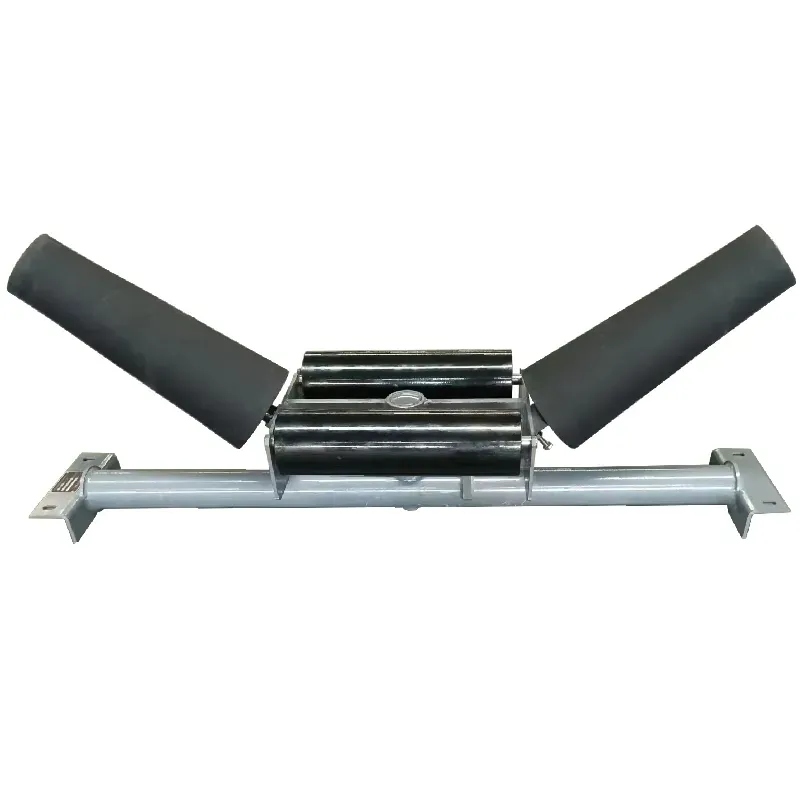 Afrikaans
Afrikaans  Albanian
Albanian  Amharic
Amharic  Arabic
Arabic  Armenian
Armenian  Azerbaijani
Azerbaijani  Basque
Basque  Belarusian
Belarusian  Bengali
Bengali  Bosnian
Bosnian  Bulgarian
Bulgarian  Catalan
Catalan  Cebuano
Cebuano  Corsican
Corsican  Croatian
Croatian  Czech
Czech  Danish
Danish  Dutch
Dutch  English
English  Esperanto
Esperanto  Estonian
Estonian  Finnish
Finnish  French
French  Frisian
Frisian  Galician
Galician  Georgian
Georgian  German
German  Greek
Greek  Gujarati
Gujarati  Haitian Creole
Haitian Creole  hausa
hausa  hawaiian
hawaiian  Hebrew
Hebrew  Hindi
Hindi  Miao
Miao  Hungarian
Hungarian  Icelandic
Icelandic  igbo
igbo  Indonesian
Indonesian  irish
irish  Italian
Italian  Japanese
Japanese  Javanese
Javanese  Kannada
Kannada  kazakh
kazakh  Khmer
Khmer  Rwandese
Rwandese  Korean
Korean  Kurdish
Kurdish  Kyrgyz
Kyrgyz  Lao
Lao  Latin
Latin  Latvian
Latvian  Lithuanian
Lithuanian  Luxembourgish
Luxembourgish  Macedonian
Macedonian  Malgashi
Malgashi  Malay
Malay  Malayalam
Malayalam  Maltese
Maltese  Maori
Maori  Marathi
Marathi  Mongolian
Mongolian  Myanmar
Myanmar  Nepali
Nepali  Norwegian
Norwegian  Norwegian
Norwegian  Occitan
Occitan  Pashto
Pashto  Persian
Persian  Polish
Polish  Portuguese
Portuguese  Punjabi
Punjabi  Romanian
Romanian  Russian
Russian  Samoan
Samoan  Scottish Gaelic
Scottish Gaelic  Serbian
Serbian  Sesotho
Sesotho  Shona
Shona  Sindhi
Sindhi  Sinhala
Sinhala  Slovak
Slovak  Slovenian
Slovenian  Somali
Somali  Spanish
Spanish  Sundanese
Sundanese  Swahili
Swahili  Swedish
Swedish  Tagalog
Tagalog  Tajik
Tajik  Tamil
Tamil  Tatar
Tatar  Telugu
Telugu  Thai
Thai  Turkish
Turkish  Turkmen
Turkmen  Ukrainian
Ukrainian  Urdu
Urdu  Uighur
Uighur  Uzbek
Uzbek  Vietnamese
Vietnamese  Welsh
Welsh  Bantu
Bantu  Yiddish
Yiddish  Yoruba
Yoruba  Zulu
Zulu conveyor drive pulley
Understanding Conveyor Drive Pulleys A Key Component in Material Handling
In many industrial settings, conveying systems play a crucial role in the transportation of materials. Among the various components that make up these systems, the conveyor drive pulley is particularly significant. It serves as the heart of the conveyor system, enabling the smooth and efficient movement of bulk materials from one point to another. This article will delve into the function, types, and importance of drive pulleys in conveyor systems.
The Function of Drive Pulleys
A conveyor drive pulley is essentially a cylindrical device that is powered to generate motion in a conveyor belt. The primary function of this pulley is to transmit power from the motor to the belt, facilitating the movement of materials. The drive pulley achieves this through the friction generated between the pulley surface and the belt. When the pulley rotates, it pulls the belt along, allowing materials to be transported across various distances.
The drive pulley is typically located at the tail end of the conveyor system, where the motor is also positioned. It can be mounted either horizontally or vertically, depending on the layout and design of the conveyor system. The efficiency of material transport largely depends on the design and functionality of the drive pulley as it directly impacts the belt speed and the overall throughput of the system.
Types of Drive Pulleys
Drive pulleys come in various types, each designed to cater to specific industrial needs. Some of the most common types include
1. Lagging Pulleys These pulleys have a surface cover that enhances friction between the belt and the pulley. Lagging can be made from different materials such as rubber or ceramic, providing better grip and reducing slippage.
conveyor drive pulley

2. Crowned Pulleys These pulleys feature a slightly convex shape, which helps keep the conveyor belt centered. The design minimizes wear on the belt edges and prevents misalignment, ensuring a longer lifespan for both the belt and the pulley.
3. Flat Pulleys Unlike crowned pulleys, flat pulleys maintain a uniform surface, which is suitable for specific applications where high tension is required without the need for additional grip.
4. Snub Pulleys These pulleys are used to increase the angle of wrap around the drive pulley, which enhances the grip on the belt. They are often found in settings where maximizing drive force is critical.
Importance of Drive Pulleys
The significance of drive pulleys cannot be overstated. They not only facilitate efficient material handling but also contribute to the overall reliability and longevity of the conveyor system. A well-designed drive pulley minimizes energy losses, reduces wear on the belt, and can lead to significant cost savings over time.
Furthermore, maintaining proper tension in the conveyor system is vital to its operation. Drive pulleys play a crucial role in achieving the right level of tension, ensuring that the belt operates smoothly without slipping or becoming damaged. Regular inspections and maintenance of drive pulleys can prevent unexpected breakdowns, leading to increased operational efficiency.
In conclusion, conveyor drive pulleys are integral components within material handling systems, serving to provide reliable and efficient movement of materials. Understanding their function and types helps industries choose the right drive pulleys for their specific needs. As we continue to rely on conveyor systems for various applications, investing in quality drive pulleys will undoubtedly enhance the performance and longevity of these essential machines. Whether in manufacturing, mining, or distribution, the importance of a well-functioning drive pulley cannot be overlooked, making it a central consideration for any operation involving material transport.
-
Revolutionizing Conveyor Reliability with Advanced Rubber Lagging PulleysNewsJul.22,2025
-
Powering Precision and Durability with Expert Manufacturers of Conveyor ComponentsNewsJul.22,2025
-
Optimizing Conveyor Systems with Advanced Conveyor AccessoriesNewsJul.22,2025
-
Maximize Conveyor Efficiency with Quality Conveyor Idler PulleysNewsJul.22,2025
-
Future-Proof Your Conveyor System with High-Performance Polyurethane RollerNewsJul.22,2025
-
Driving Efficiency Forward with Quality Idlers and RollersNewsJul.22,2025





























